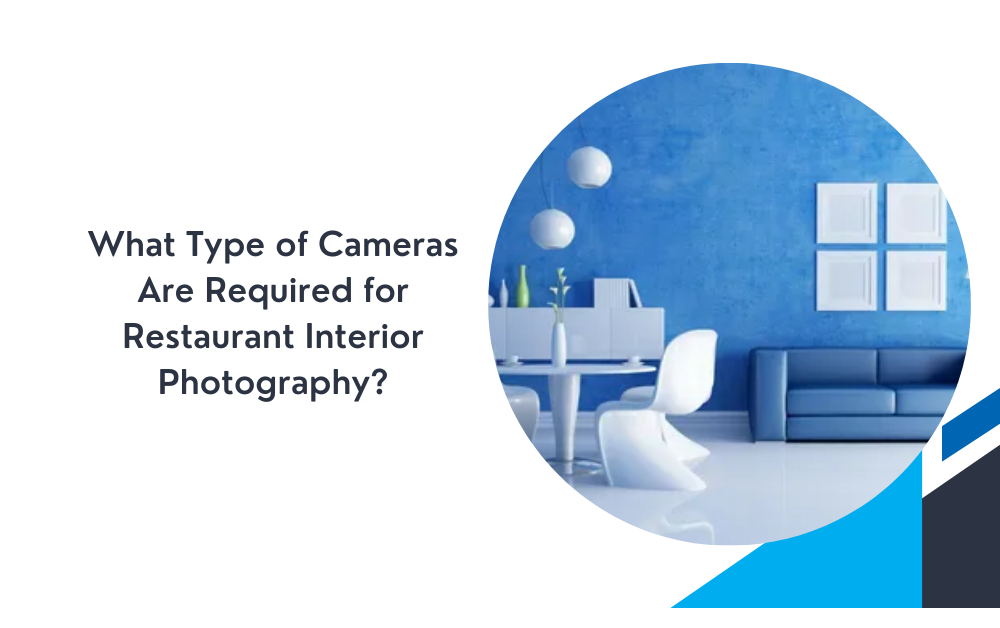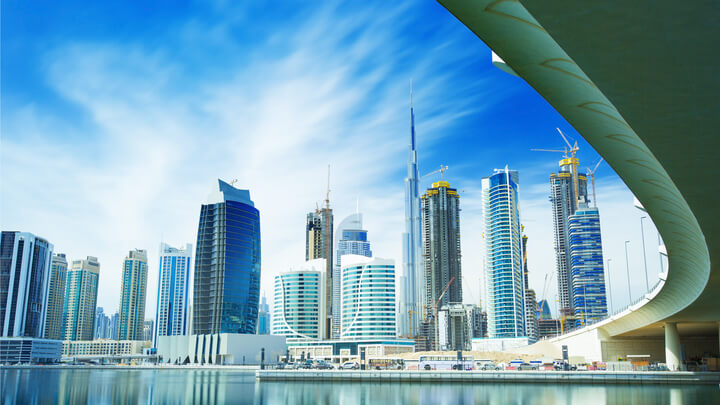Introduction
Restaurant interior photography is a specialized field that requires precise equipment to capture the unique ambiance and detail of dining spaces. The choice of camera can significantly affect the quality of the photos and the ability to effectively portray the mood and design of a restaurant. This article will explore the types of cameras best suited for restaurant interior photography, considering various factors like sensor size, lens compatibility, and additional features beneficial for shooting in indoor environments.
Choosing the Right Camera for Restaurant Interior Photography
Choosing the right camera for restaurant interior photography involves understanding the unique challenges posed by interior spaces. These challenges include low light conditions, varying color temperatures, and the need to capture both wide scenes and intricate details. The ideal camera for this type of photography should offer excellent low-light performance, high resolution, and versatile shooting modes.
Full-Frame Cameras: The Preferred Choice for Professionals
1. Benefits of Full-Frame Cameras
Full-frame cameras are generally preferred by professional photographers specializing in interior photography, including restaurants. These cameras have larger sensors which provide better low-light performance and a wider dynamic range. This means they can capture greater details in both shadows and highlights, which is crucial for shooting interiors with uneven lighting.
2. Examples of Full-Frame Cameras
Popular full-frame cameras used in restaurant interior photography include models like the Canon EOS 5D Mark IV, Nikon D850, and Sony A7R series. These cameras are renowned for their high image quality, robust build, and extensive feature sets that cater well to the demands of professional photography.
3. Lens Compatibility
One of the advantages of full-frame cameras is their compatibility with a wide range of lenses, including specialized options like wide-angle and tilt-shift lenses. These lenses allow photographers to capture expansive interior scenes without distortion, which is essential for accurately representing restaurant layouts.
Crop Sensor Cameras: A Viable Alternative
While full-frame cameras offer the best quality, crop sensor cameras are a viable alternative for those starting out or working with a tighter budget. These cameras have smaller sensors but can still produce excellent images suitable for many professional applications, including restaurant photography.
1. Advantages of Crop Sensor Cameras
Crop sensor cameras, such as the Canon EOS 90D or the Nikon D7500, offer great image quality and are generally more affordable and lighter than their full-frame counterparts. They are also compatible with a wide range of lenses, including those designed specifically for crop sensors which are often less expensive.
2. Considerations for Low Light
Although crop sensor cameras perform well in various conditions, they typically do not handle low light as effectively as full-frame cameras. This can be mitigated to some extent with the right lenses and shooting techniques, such as using tripods and longer exposures.
Mirrorless Cameras: The Modern Choice
Mirrorless cameras have become increasingly popular among all types of photographers due to their compact size and technological advantages. Many mirrorless cameras offer the same size sensors as DSLRs (full-frame or crop) but in a smaller body.
1. Advantages of Mirrorless Technology
Mirrorless cameras, like the Sony A7 series or the Canon EOS R, provide fast autofocus, excellent video capabilities, and more features packed into a lightweight body. These features are beneficial for restaurant interior photographers who need to work discreetly in tight spaces without disturbing the dining atmosphere.
2. Electronic Viewfinders and Real-Time Feedback
One of the standout features of mirrorless cameras is the electronic viewfinder (EVF), which provides real-time exposure feedback. This is especially useful in challenging lighting conditions typically found in restaurants, allowing photographers to make necessary adjustments before taking the shot.
Conclusion: Selecting the Best Camera for Restaurant Interior Photography
Selecting the right camera for restaurant interior photography depends on various factors, including budget, experience level, and specific needs in terms of image quality and functionality. Whether opting for a full-frame DSLR, a crop sensor model, or a cutting-edge mirrorless camera, the key is to choose a camera that allows you to capture the unique charm and character of restaurant interiors effectively. With the right equipment, photographers can produce compelling images that help restaurants attract and enthrall their clientele.
Note :- To Read More Articles Visit on- https://www.creativeguestposts.com/





